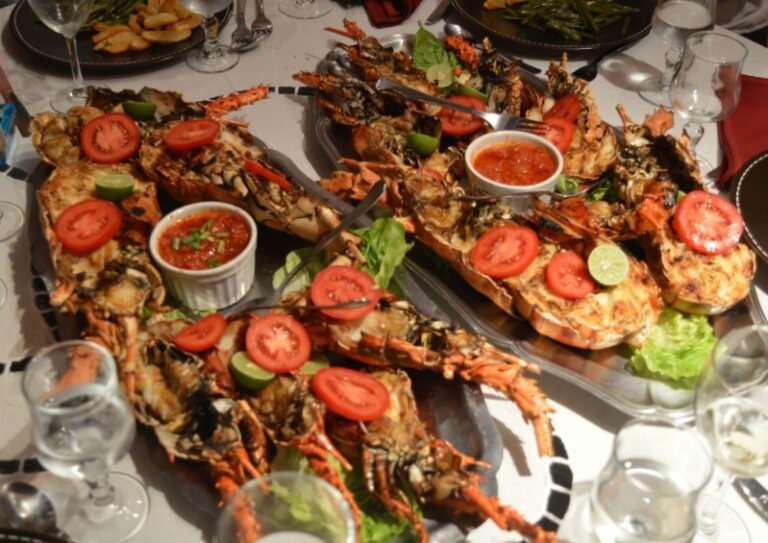Introduction: Malagasy Cuisine and Farming
Malagasy cuisine is a unique fusion of African, Asian, and European influences, shaped by the island’s complex and diverse history. From the spicy curries of Indian traders to the French pastries and baguettes, the Malagasy culinary scene is a reflection of the country’s multiethnic and multicultural heritage. However, at the heart of Malagasy cuisine lies the island’s rich agricultural traditions, which have sustained the Malagasy people for centuries and continue to shape their food culture today.
The Importance of Agriculture in Malagasy Cuisine
Agriculture is the backbone of the Malagasy economy and society, providing employment and food security for millions of people. The Malagasy farming practices are deeply rooted in the island’s ecology and geography, adapting to the diverse landscapes and climates of the country. From the rice paddies of the highlands to the vanilla plantations of the coast, Malagasy farmers have developed a range of traditional techniques and crops that are essential to their cuisine. Many Malagasy dishes are based on locally grown ingredients, such as rice, cassava, sweet potato, yams, beans, and vegetables, which are prepared in a variety of ways depending on the region and season.
Traditional Farming Methods on the Island
Malagasy farming practices are largely based on the principles of agroforestry, a sustainable method that integrates trees, crops, and livestock to create a diverse and resilient farming system. For example, rice cultivation in Madagascar is often combined with fish farming, using the natural irrigation and fertilization provided by the fish ponds. Another traditional method is the tavy or slash-and-burn agriculture, which involves clearing a piece of land by burning the vegetation and then planting crops in the nutrient-rich soil. Although tavy has been criticized for its ecological impact, it remains an important practice in many rural communities.
Staple Crops and Their Use in Malagasy Dishes
Rice is the staple crop of Madagascar, accounting for over 60% of the country’s food consumption. Rice is used in a variety of dishes, such as the popular national dish of rice and laoka (a side dish of meat, fish, or vegetables), and the festive dish of vary sosoa (red rice with meat and vegetables). Other staple crops include cassava (manioc), sweet potato, yams, beans, and taro, which are used in stews, soups, and fritters. Vegetables such as tomatoes, onions, carrots, and cabbage are also commonly used in Malagasy cuisine.
Impact of French and Indonesian Influences on Cuisine
The Malagasy cuisine has been influenced by the colonial history of the island, particularly by the French and Indonesian cultures. French cuisine has introduced pastries, bread, and sauces, as well as meat dishes such as steak, lamb, and duck, which are often served with creamy or wine-based sauces. Indonesian cuisine has brought spicy and aromatic flavors such as ginger, lemongrass, and coconut milk, as well as dishes such as sambal (a chili-based condiment), nasi (rice dishes), and seafood curries. The fusion of these influences has created a unique blend of flavors and textures that characterizes Malagasy cuisine.
Conclusion: Tracing Malagasy Farming Practices in Cuisine
The influence of Malagasy farming practices on the cuisine can be seen in the use of locally grown crops, the diversity of ingredients, and the traditional methods of preparation. The sustainable and resilient farming techniques of the Malagasy people have ensured the availability of fresh and nutritious food, even in challenging environments. The fusion of these ingredients with French and Indonesian influences has created a culinary scene that is diverse, flavorful, and rich in history. By exploring Malagasy cuisine, we can discover the connection between farming practices and food culture, and appreciate the importance of sustainable agriculture for a healthy and vibrant society.

